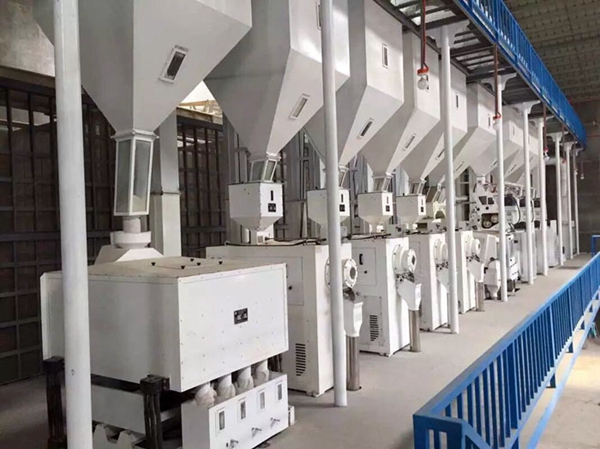Views: 158 Author: Site Editor Publish Time: 2023-08-21 Origin: Site

A rice processing plant, also known as a rice mill or rice milling facility, is a specialized facility where raw paddy rice is processed to produce cleaned, polished rice for consumption. The process involves several stages to remove the outer husk, bran layers, and other impurities from the rice grains while preserving their nutritional value. Here's an overview of the typical processes involved in a rice processing plant:
Cleaning: Raw paddy rice is received at the processing plant and undergoes cleaning to remove impurities such as dust, stones, and other foreign matter. This is usually done using mechanical cleaners and sieves.
Husking: In this stage, the outer husk (also known as the hull) is removed from the paddy rice. This can be achieved using machinery called hullers or huskers. The resulting product is called brown rice.
Paddy Separation: After husking, there might still be some unhusked or partially husked grains mixed with the brown rice. Paddy separators are used to separate these grains from the brown rice.
Whitening: Brown rice still has bran layers on it. Whitening machines are used to remove the outer bran layers, giving the rice a whiter appearance. The degree of whiteness can be adjusted based on consumer preferences.
Polishing: Polishing machines are used to further enhance the appearance of rice by removing the thin layer of bran that remains after whitening. This gives the rice a smoother, more polished look.
Grading and Sorting: The rice is then graded and sorted based on size, shape, and quality. This can be done using sieves, screens, and optical sorting machines. The goal is to ensure uniformity and consistency in the final product.
Color Sorting: Optical color sorters are used to identify and remove discolored, damaged, or defective grains from the rice. This process improves the quality of the final product.
Packaging: The processed rice is packaged in various sizes and types of bags or containers for distribution and sale. Modern packaging equipment can handle different types of packaging, including bags, boxes, and even bulk shipments.
By-Products: The by-products of the rice milling process, such as rice husk and bran, can be used for various purposes. Rice husk can be used as fuel, animal bedding, or as a raw material for certain industries. Rice bran can be processed to extract rice bran oil, which has various culinary and industrial applications.
Quality Control: Throughout the entire process, quality control measures are implemented to ensure that the rice meets the required standards for appearance, taste, and nutritional value.
It's important to note that rice processing plants can vary in size and complexity, from small-scale operations to large industrial facilities. The level of automation and the specific equipment used can also vary based on the scale of the operation and the desired quality of the final product.